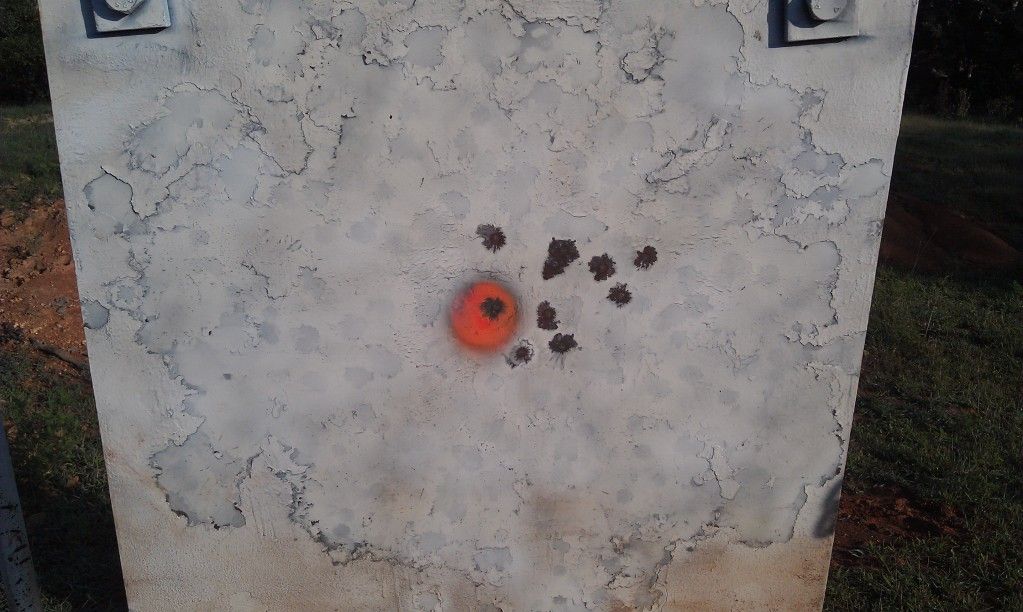I'm shooting a .308 FN Patrol Bolt Rifle with a Krieger barrel, AAC Cyclone, Weaver Tactical EMDR. With the suppressor attached I'm getting groups in the .5 - .3 MOA range. When take the suppressor off the group shifts 7 o'clock about 1.5" (normal POI shift), but the group opens up to 1.5-2". Now the really interesting part...after about 10 rounds the group settles down around .5 MOA (keeping the POI shift - normal). I put the suppressor back on and over about 6-7 rounds, the impacts settle to the original zero. This is with shooting a 168 gr A-Max. When I shoot the 110 V-max the same thing happpens, but the unsuppressed groups only open to around 1-1.5" and "settles down" in about 5 rounds.
I used a torque wrench to tighten both action screws to 45 in\lbs and 65 in/lbs with the same results. The stock is a Hogue with the full length alumminum bedding block. I thinking this has something to due with harmonics/vibration in the rifle. I would think once the rifle has settled into the action and stock, that it would be settled and not shift around??
I'm looking for a possible explanation and hopefully a solution. Also, is this happening to anyone else?
I used a torque wrench to tighten both action screws to 45 in\lbs and 65 in/lbs with the same results. The stock is a Hogue with the full length alumminum bedding block. I thinking this has something to due with harmonics/vibration in the rifle. I would think once the rifle has settled into the action and stock, that it would be settled and not shift around??
I'm looking for a possible explanation and hopefully a solution. Also, is this happening to anyone else?

